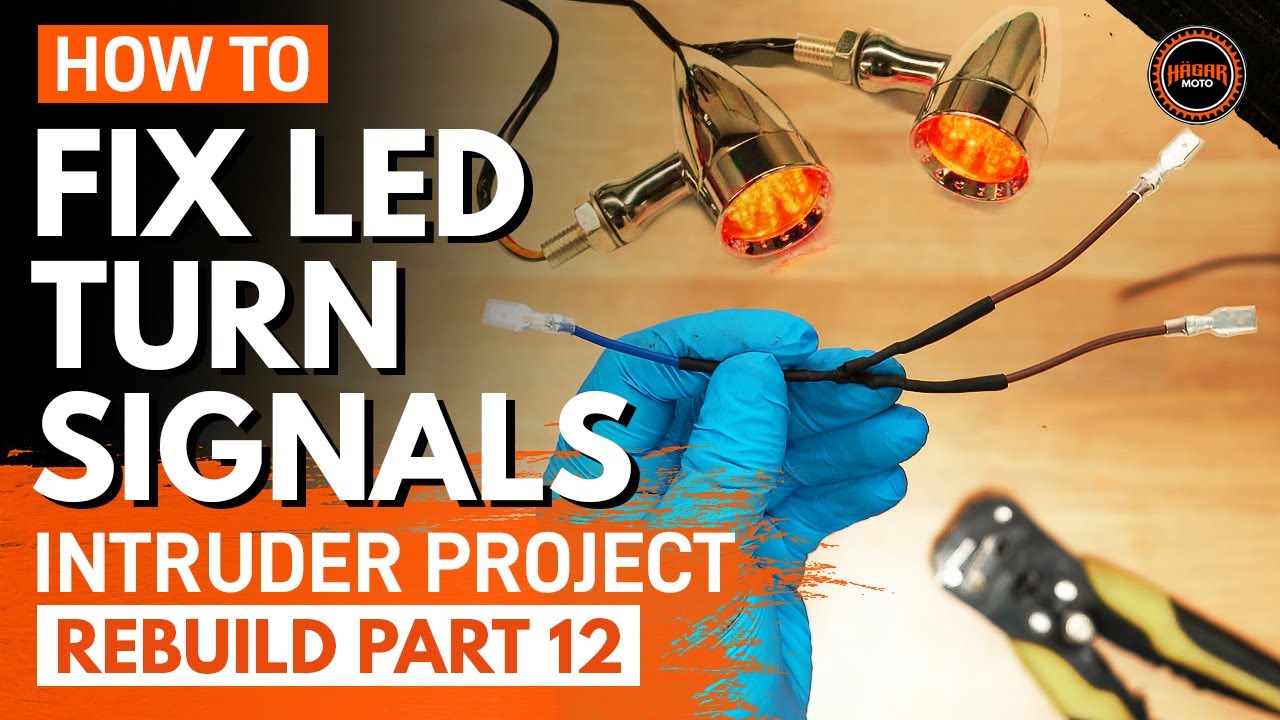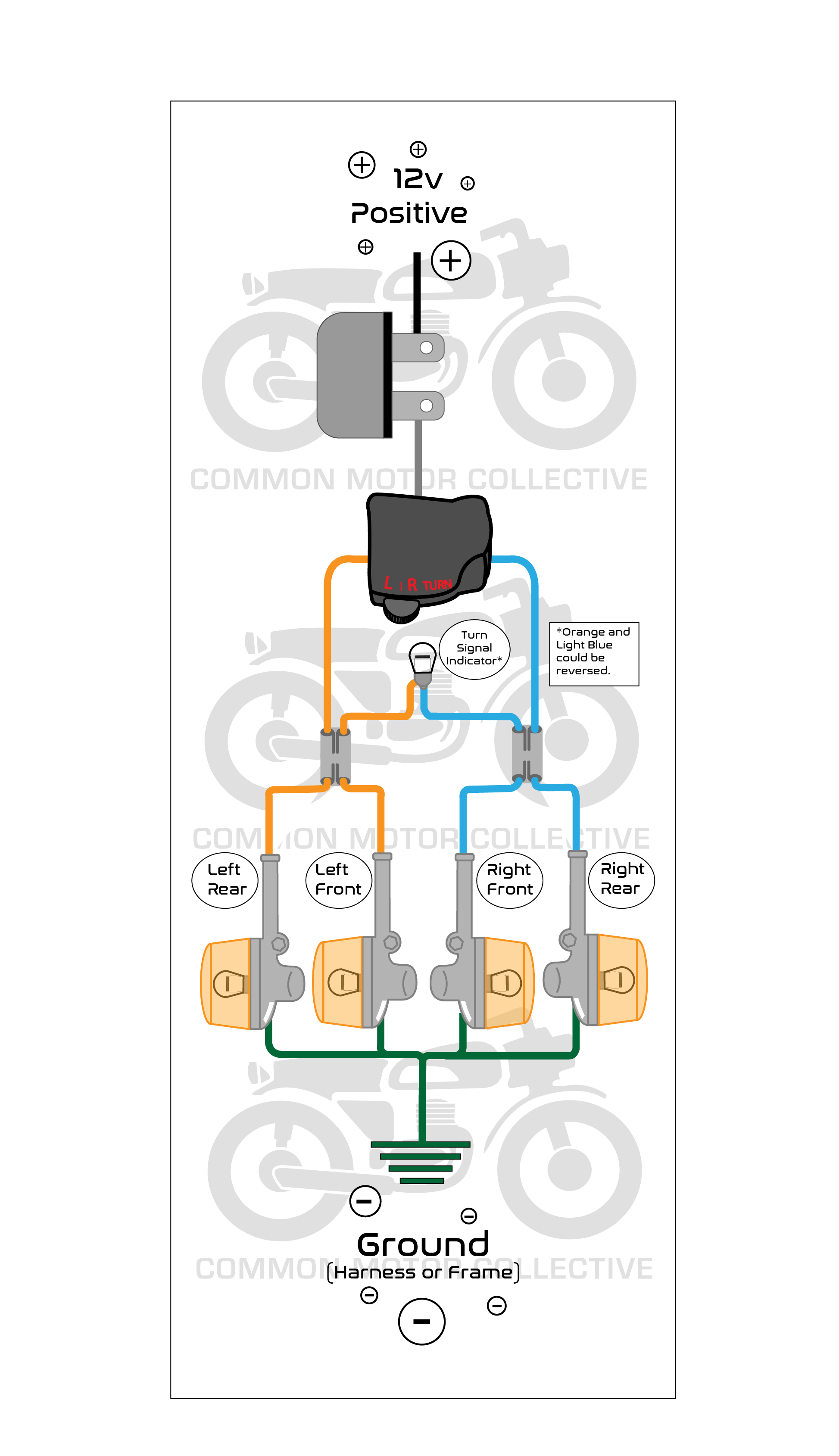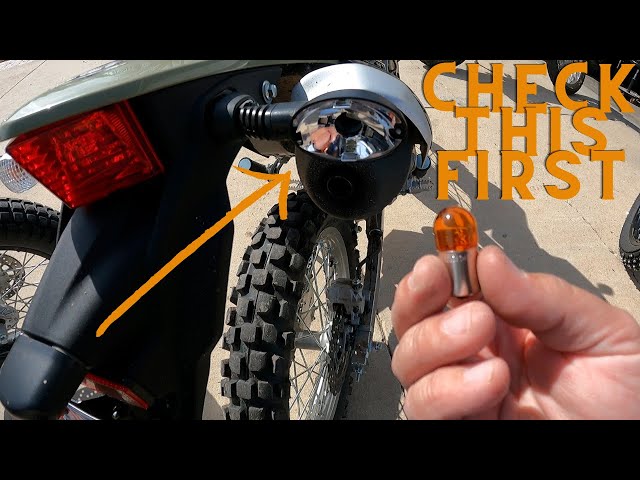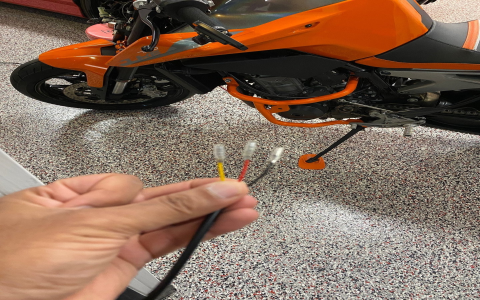Alright, let me tell you about my recent adventure with my motorcycle turn signals. It’s always something, isn’t it? One day they’re blinking away, happy as can be, the next, one of ’em decides to take a permanent vacation.

The Frustration Begins
So, the right rear signal just quit on me. Middle of a ride, thankfully noticed it when I got home. First thought, easy peasy, probably just the bulb. I’ve got a stash of those little guys for just such an occasion. Popped the lens off, twisted out the old bulb – didn’t look burnt, but hey, you never know. Put a new one in. Flipped the switch. Nothing. Still dead as a doornail. Great.
Okay, plan B. The fuse. I had to dig out the manual to even remember where the fuse box was tucked away on this bike. Found it, pulled the cover, and started checking. Found the one labeled for signals. Pulled it out, held it up to the light. Looked perfectly fine. But, just to be sure, I swapped it with a spare. Still no joy. Now I’m starting to get a bit annoyed, you know? This was supposed to be a five-minute fix.
Diving Deeper
At this point, I’m thinking, “Okay, is the whole darn indicator unit shot?” I really didn’t want to go through the hassle of replacing the entire assembly if I didn’t have to. Plus, those things aren’t always super cheap.
Then I remembered some chatter I’d heard online or from other riders. Sometimes it’s not the bulb, not the fuse, but this other little box, the flasher relay. That’s the thingamajig that makes the lights blink, right? I figured, maybe that’s the culprit. I also knew that if you switch to LED signals, you often have to change the relay or add these things called load resistors to make them blink at the right speed. My signals are still the old-school bulb type, but a relay can fail regardless.
Before I started ordering parts though, I thought, “Hold on, let’s be smart about this.” I grabbed my multimeter – a simple test light would work too – and decided to see if power was even getting to the wires by the turn signal itself. I unplugged the connector to the troublesome signal, poked the multimeter probes in there, and flicked the turn signal switch. Zero. No power.

Aha! So, if there’s no power at the signal, the problem isn’t the signal unit itself, or the bulb. It’s gotta be somewhere between the switch and that connector. This actually made me feel a bit better, ’cause wiring issues can be a pain, but at least I wasn’t looking at buying a new signal unit yet.
The “Duh” Moment
So, I started tracing the wires back from that rear signal. Looking for any obvious breaks, pinches, or crusty-looking connectors. You know how wires can get after a few years on the road, vibrating and getting splashed.
- Checked the main harness connections under the seat.
- Followed the wires as best I could visually.
And then I found it. Tucked away, there was this one multi-pin connector that looked just a tiny bit loose. It didn’t look disconnected, but when I gave it a firm push, I felt a little click. Like it wasn’t seated properly all the way.
My heart did a little flutter. Could it be that simple? I went back to the handlebar, took a deep breath, and hit the turn signal switch. And what do you know? That beautiful, amber light started blinking! Blinking! I couldn’t believe it. After all that, a slightly loose connector.
I tell ya, sometimes you can overthink these things. You start imagining the worst-case scenario, like having to replace the whole bike, as some folks joke. But more often than not, it’s something small. It’s a good reminder to always start with the basics and check the simple stuff first. I spent a good hour messing around when a firm push was all it needed. Lesson learned, I guess. Next time, if the bulb and fuse are good, I’m checking every single connection before I even think about relays or new parts!


